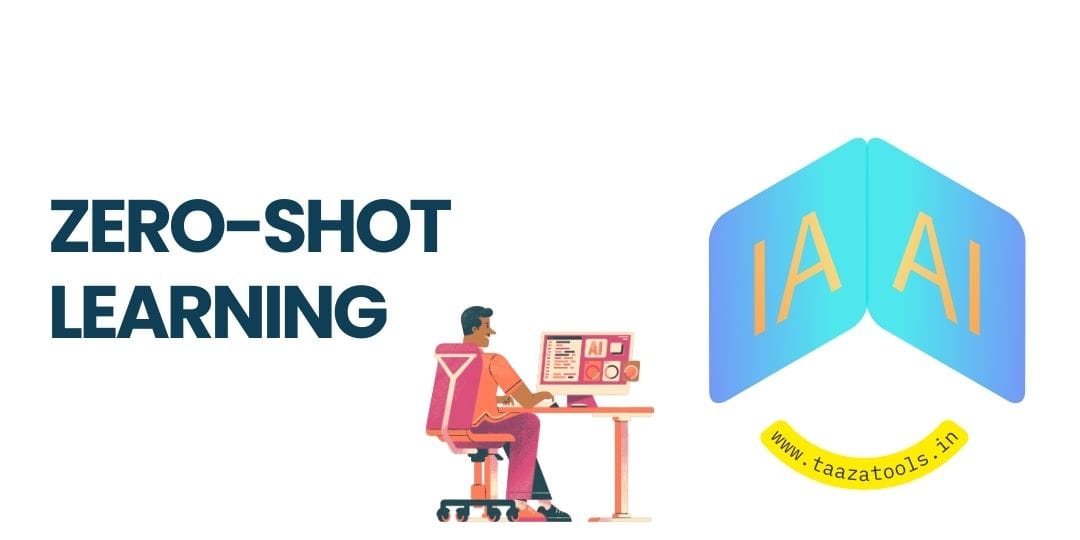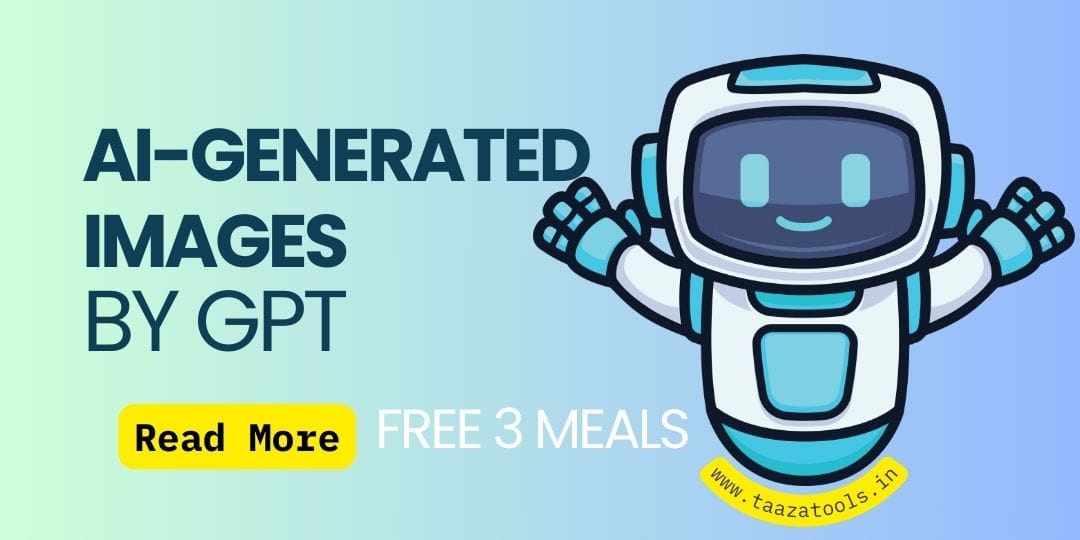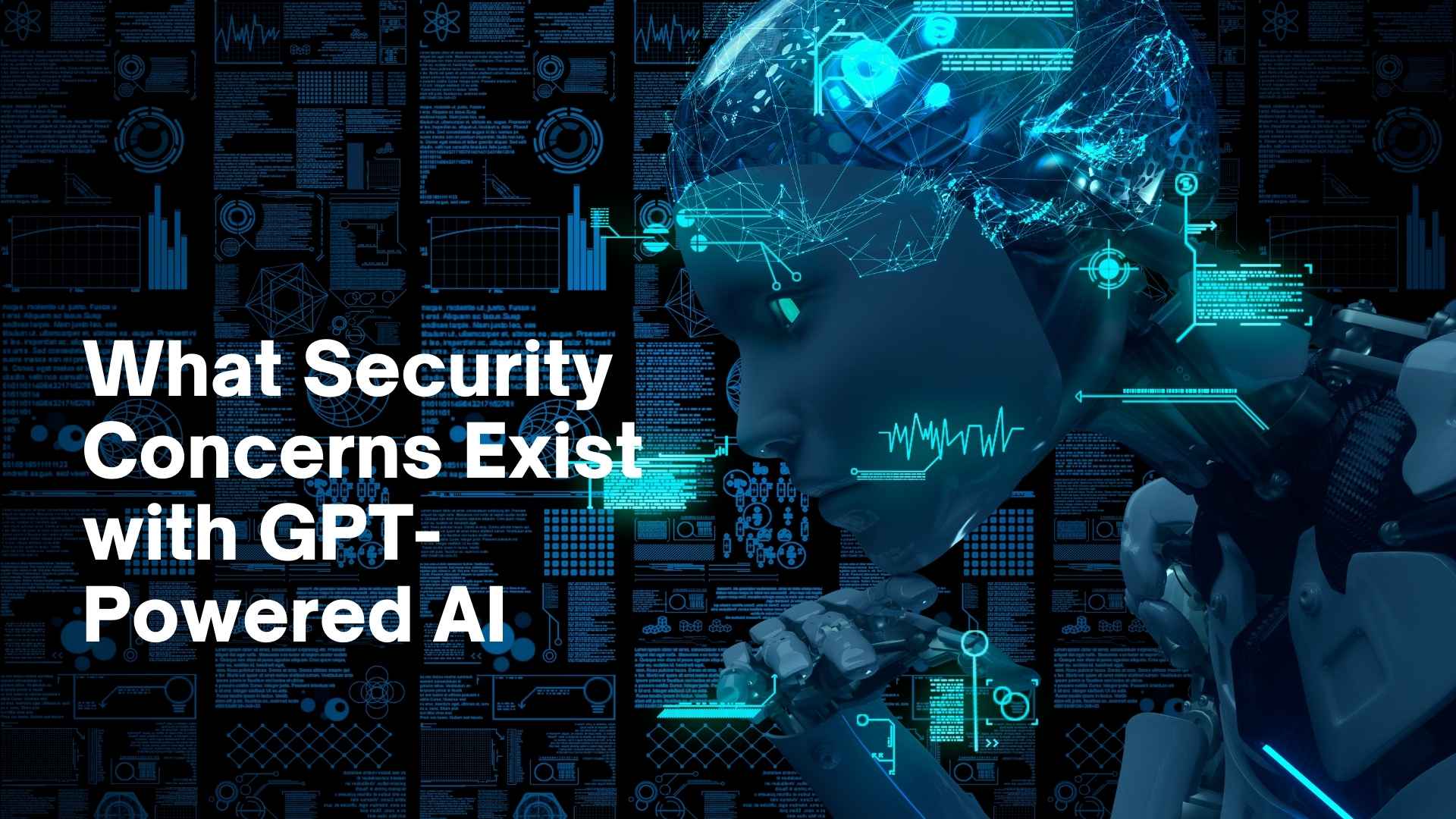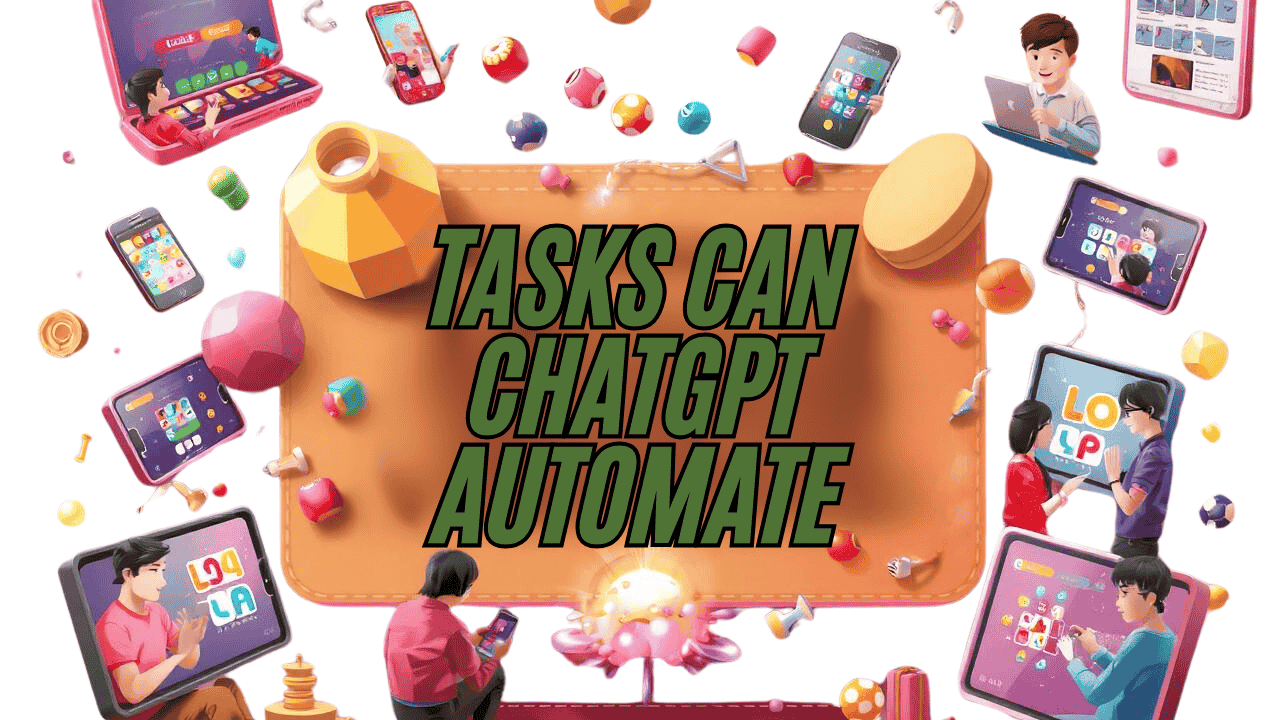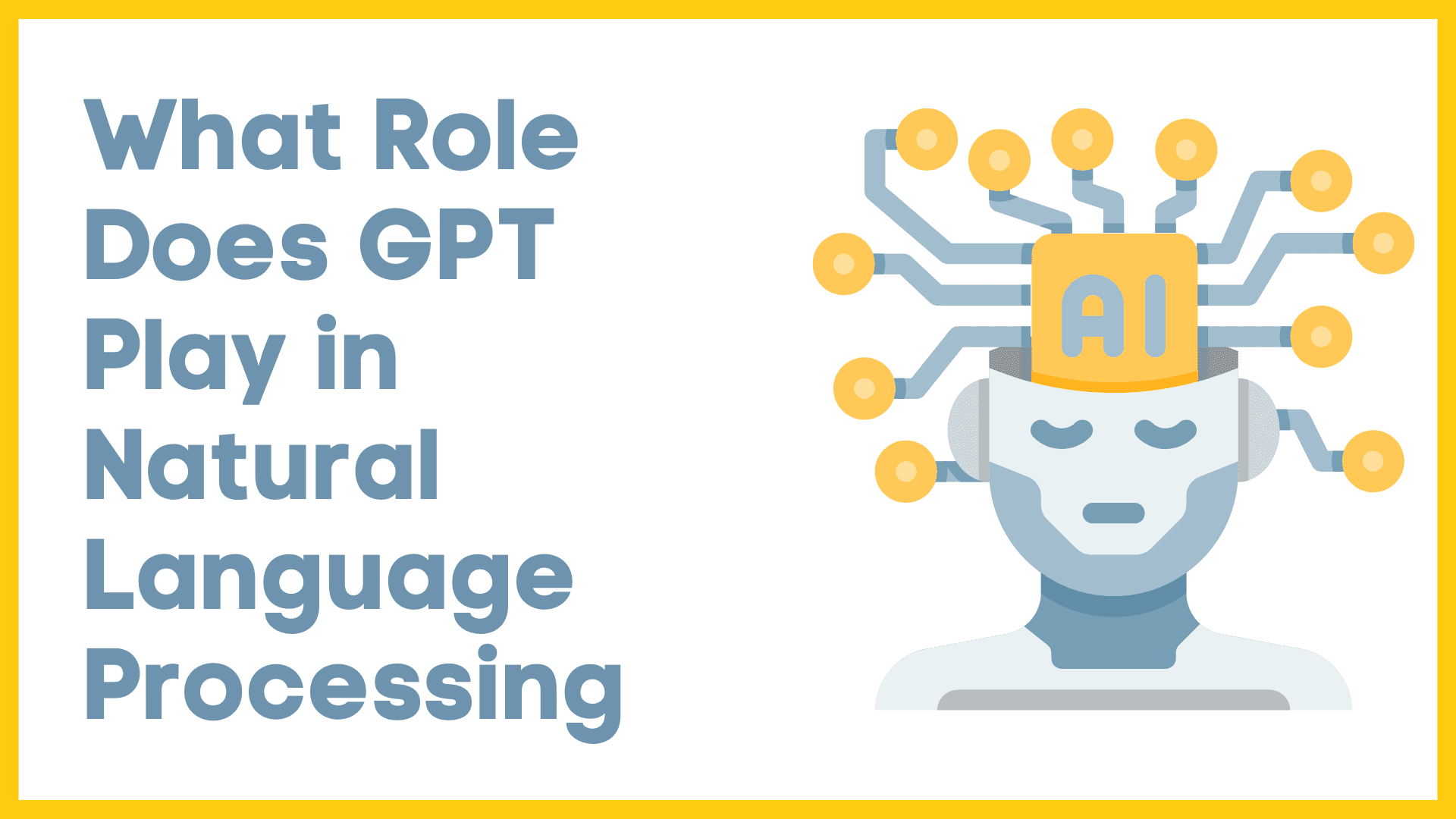You’ve probably heard of terms like ChatGPT, deep learning, and artificial intelligence (AI), but one concept that’s really gaining ground is zero-shot learning. It’s a fascinating method where AI models like GPT don’t need specific examples to make predictions or understand new tasks. But what exactly is it? Let’s break it down in a way that’s easy to understand!
Understanding the Basics of GPT Models
To get a handle on zero-shot learning, first, you need to know what GPT models (like the one you’re chatting with right now) are all about. GPT stands for Generative Pre-trained Transformer, which sounds pretty techy, right? Basically, GPT models are AI systems designed to generate human-like text based on the input they’re given. These models are “pre-trained” on vast amounts of data from books, websites, articles, you name it. This means they’ve seen tons of language patterns and can predict what comes next in a sentence based on what they’ve learned.
GPT models use something called a transformer architecture to process data, making them incredibly good at tasks like answering questions, summarizing text, or having conversations (like with ChatGPT). But here’s where things get really cool: these models don’t just need examples of everything to function. That’s where zero-shot learning comes into play.
What is Zero-Shot Learning?
So, what exactly is zero-shot learning? The name sort of gives it away. Imagine teaching someone how to ride a bike, but instead of giving them a bike to practice with, you just explain how it works. And boom! They hop on and ride. That’s essentially what zero-shot learning does for AI models. It allows them to handle tasks they’ve never been explicitly trained on before, without the need for labeled data or examples.
Normally, machine learning models work by seeing lots of labeled examples. Want to train a model to identify cats in pictures? You show it thousands of images labeled “cat” until it gets the hang of it. Zero-shot learning flips the script. Instead of relying on labeled examples, models like ChatGPT leverage the vast knowledge they’ve already acquired to make predictions about new tasks.
This is possible because GPT models have been pre-trained on such diverse data that they can generalize. In other words, the model “understands” the relationships between different pieces of information, so when you ask it something new, it can infer the answer based on what it already knows.
How Zero-Shot Learning Works in ChatGPT
Let’s dive into how zero-shot learning specifically plays out in ChatGPT. Imagine you ask ChatGPT to do something it hasn’t been explicitly trained for, like writing a poem in a specific style. Even if it hasn’t seen that exact task before, it can still figure it out. How? Because it draws on its extensive pre-trained data to understand the nuances of the task, even though it’s technically “new.”
For example, ChatGPT might never have been trained specifically on writing haikus about outer space, but because it has been exposed to both poetry and space-related content, it can combine that knowledge to generate a creative haiku. That’s zero-shot learning in action.
Another way zero-shot learning shows up is in answering questions about niche topics. Let’s say you ask something detailed about a very specific field, like quantum physics or ancient Egyptian mythology. Even if ChatGPT wasn’t explicitly trained on all the latest research or niche subjects, it can still provide reasonable answers by piecing together the related information it has encountered during pre-training.
Advantages of Zero-Shot Learning in GPT Models
Now that we know what zero-shot learning is and how it works in ChatGPT, let’s talk about why it’s such a game-changer.
1. No Need for Labeled Data
Traditional machine learning methods require large amounts of labeled data to perform specific tasks. But zero-shot learning skips that step entirely. GPT models can make accurate predictions without needing a massive, task-specific dataset. This is particularly useful for tasks that lack substantial training data or where gathering labeled examples would be time-consuming or expensive.
2. Flexibility and Adaptability
One of the best things about zero-shot learning in ChatGPT is its versatility. The model can take on a wide variety of tasks without requiring re-training. This means it can adapt to new tasks on the fly. For example, today, you might be using ChatGPT to write an email, but tomorrow, you might ask it to explain complex scientific theories. The model’s ability to adapt without explicit examples makes it incredibly flexible.
3. Faster Learning and Deployment
Zero-shot learning enables AI models to generalize across different tasks and domains, which reduces the time and effort needed to develop new AI applications. Instead of having to fine-tune a model every time a new task comes along, ChatGPT can handle it immediately. This leads to faster deployment in real-world scenarios, making AI solutions more scalable and easier to implement across industries.
4. Innovation in Niche Areas
Because zero-shot learning doesn’t rely on task-specific data, it allows AI to enter niche areas where labeled data is sparse. This opens up possibilities for innovation in fields like medicine, law, or even creative writing, where getting large datasets isn’t always practical.
Challenges and Limitations
While zero-shot learning in GPT models like ChatGPT is revolutionary, it’s not without its challenges. One limitation is that the model’s understanding is only as good as the data it’s been pre-trained on. So, while ChatGPT can generate reasonable responses on a wide range of topics, its knowledge might not be as deep or specialized as models specifically trained for particular domains.
There’s also the risk of generating responses that sound confident but may not be entirely accurate, especially in highly specialized fields. Although the model can infer information, it’s still limited by its training data. So, for tasks requiring in-depth domain expertise, a zero-shot model may not always provide the best results without additional fine-tuning or user input.
Conclusion
Zero-shot learning is a remarkable feature of modern AI models like ChatGPT. It allows these models to take on new tasks without needing specific training, making them incredibly flexible and adaptive. Whether you’re asking ChatGPT to write a story, solve a math problem, or explain a niche topic, zero-shot learning enables it to generalize across different tasks.
While there are still challenges to overcome, especially in highly specialized fields, zero-shot learning holds enormous potential for the future of AI. It reduces the need for vast labeled datasets, speeds up deployment, and allows models to innovate in areas where traditional methods fall short. So next time you’re chatting with ChatGPT, remember, you’re not just interacting with an AI—you’re witnessing the power of zero-shot learning!

